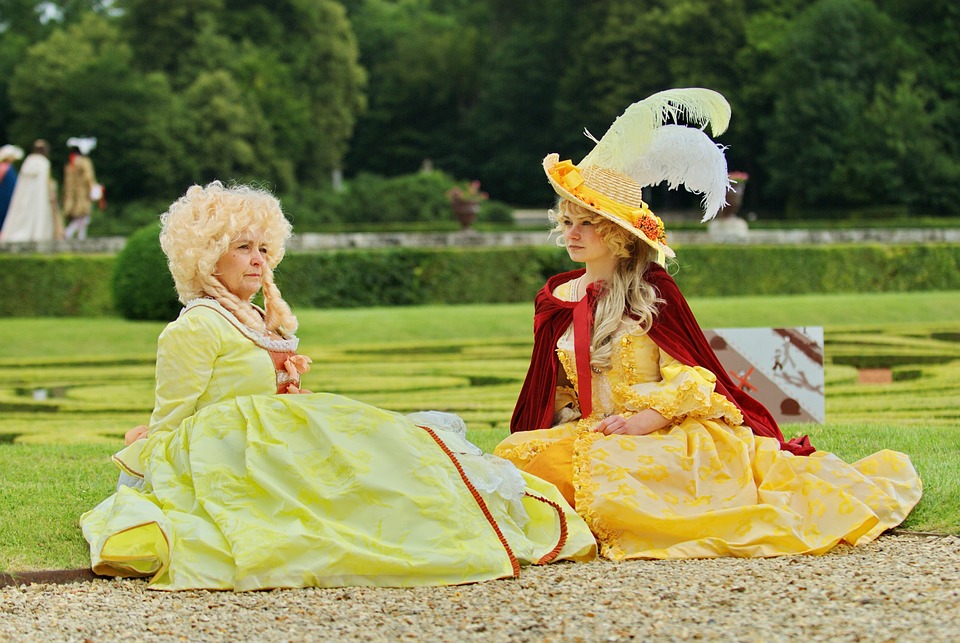The Influence of Gothic Revival on Modern Architecture
Introduction
The Gothic Revival movement, also known as neo-Gothic, was a popular architectural style born in the 18th century. Inspired by medieval Gothic architecture, this revival movement had a significant influence on modern architecture. In this article, we will explore how the Gothic Revival style has shaped and influenced modern architectural design.
Origins of Gothic Revival
The Gothic Revival movement emerged in the late 18th century as a reaction to the neoclassical style that dominated European architecture at the time. Architects and designers sought to break away from the strict rules of classicism and embrace the more romantic and visually striking elements of Gothic architecture. The movement was fueled by a renewed interest in medieval history and culture, as well as a desire to create buildings that reflected a sense of grandeur and spirituality.
Key Features of Gothic Revival Architecture
Gothic Revival architecture is characterized by several key features that set it apart from other styles. Some of the most notable elements include:
1. Pointed Arches: One of the defining features of Gothic architecture is the pointed arch, which replaced the rounded arches of classical designs. These arches create a sense of verticality and drama in a building’s design.
2. Ribbed Vaults: Gothic Revival buildings often feature ribbed vaults, which are a series of arched ribs that support the ceiling or roof. These vaults add structural strength and visual interest to the interior spaces.
3. Flying Buttresses: Another hallmark of Gothic Revival architecture is the use of flying buttresses, which are exterior supports that help to distribute the weight of the roof and walls. These buttresses not only serve a functional purpose but also create a striking visual element on the exterior of the building.
4. Rose Windows: Circular rose windows with intricate tracery patterns are a common feature of Gothic Revival buildings. These windows allow natural light to filter into the interior spaces and add a decorative touch to the facade.
Influence on Modern Architecture
The Gothic Revival style had a profound influence on modern architecture, shaping the way we design and build structures today. Some ways in which this style has influenced modern architecture include:
1. Emphasis on Verticality: The use of pointed arches, ribbed vaults, and flying buttresses in Gothic Revival architecture created a sense of verticality and height in buildings. This emphasis on vertical lines and proportions has been adopted in modern skyscraper design, where tall buildings are a common sight in urban landscapes.
2. Use of Ornamentation: Gothic Revival architecture is known for its intricate ornamentation and decorative elements, such as tracery patterns, gargoyles, and finials. These decorative features have inspired modern designers to incorporate ornamental details into their buildings, adding richness and texture to the built environment.
3. Revival of Craftsmanship: The Gothic Revival movement sparked a renewed interest in traditional craftsmanship and artisanal skills. Modern architects and designers have embraced this focus on quality craftsmanship, creating buildings that showcase the skill and creativity of craftsmen and artisans.
4. Regionalism: Gothic Revival architecture was often adapted to suit local climates, materials, and cultural preferences. This regional approach to architectural design has influenced modern architects to consider the context and environment in which their buildings are located, leading to a greater diversity of styles and forms in contemporary architecture.
Examples of Modern Gothic Revival Architecture
Several modern buildings draw inspiration from the Gothic Revival style, incorporating its key features and elements into their design. Some notable examples include:
1. The Cathedral of Our Lady of the Angels in Los Angeles, designed by architect Rafael Moneo, features pointed arches, ribbed vaults, and intricate stained glass windows that reflect the influence of Gothic Revival architecture.
2. The Scottish Parliament Building in Edinburgh, designed by Enric Miralles, incorporates elements of Gothic Revival architecture, such as flying buttresses and tall spires, into its modern design.
3. The Hearst Tower in New York City, designed by architect Norman Foster, showcases a contemporary interpretation of Gothic Revival architecture with its pointed glass facade and soaring atrium.
Conclusion
The Gothic Revival movement has left a lasting impact on modern architecture, shaping the way we design and build buildings today. By incorporating elements of Gothic Revival architecture, modern architects have created structures that pay homage to the rich heritage and tradition of this historic style while embracing contemporary design trends and technologies. Whether it’s the use of pointed arches, ribbed vaults, or ornamental details, the influence of Gothic Revival architecture can be seen in buildings around the world, adding a sense of drama, beauty, and craftsmanship to the built environment.
